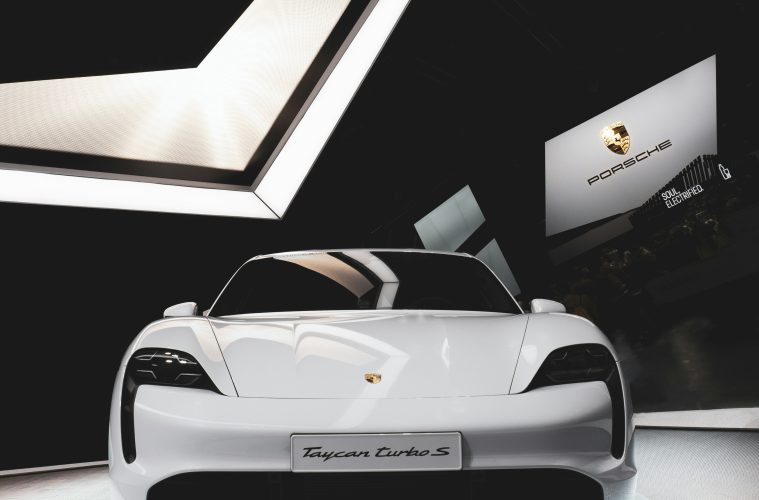The luxury car signifies the innovation of safety, performance, comfort, and technology. The best luxury cars go beyond wood trim and leather upholstery. Materials used should be of greater quality than those in economy cars — rich material, luxurious carpets, and silent engines, as well as high-class audio systems, automatic climate-control systems, wireless and Wi-Fi connections, are to be expected. Many luxury models also offer all-wheel drive in SUV, sedan, coupe, and sports adaptable body styles.
If you’re in the market for a luxury car, read on for tips on how to navigate the process.
Luxury vs Economy?

Image Courtesy of Motorionline.com
Luxury automobiles can be so comfortable and pleasant that once you’ve enjoyed driving one, going back to an economy car seems like a major decline. Before choosing a luxury car model, understand that actually, a brand new economy car can be better than a luxury car that’s more than a few years old.
These well-furnished conventional cars cost thousands less than luxury models, though they may differ in the reputation of a luxury car. How you spend your hard-earned money comes down to your priorities. High-class automobiles are appealing because of their comfort and performance, but so do some well-appointed models from non-luxury manufacturers.
Key Points to Consider…

Image Courtesy of Buyacar.com
When considering a European luxury car, which sometimes provides little more than product prestige in lower-spec models, be sure to look carefully at the standard equipment list. Qualities you might expect to come standard, such as advanced safety equipment, metallic paint, and genuine leather upholstery, may not be standard at all! Most of these accessories are available as add-on features and can be far more costly than you’d planned on spending. To avoid such confusions, consider Japanese and American brands.
Keep in mind: some high-end features add more problem than real performance. The fast developments in active security systems are helpful, but other features might just be for show. Try all the different features to determine if they truly add value. Your sales representative should be able to describe and demonstrate these features.
Selecting the Make and Model:

Image Courtesy of Mercedes Benz
Midsized luxury cars and smaller SUV models usually cost around $40,000-$60,000. These provide better interiors and driving comfort than an economy car, but without the complexity of cutting-edge features, obsessiveness or large footprint of a larger vehicle.
Large and heavy V8-powered luxury models are very costly. Diesel powertrains, hybrid and turbocharged, are provided in an increasing range of luxury cars and SUVs to improve gas mileage, although the diesel and hybrids often come at a substantial price premium. If saving money is your primary goal, this is not a suitable category.
Traditionally, most grand luxury cars employ rear-wheel drive. It is the recommended installation for suggested weight distribution, noise isolation, handling agility, and ride comfort. However, rear-wheel drive is not the best installation for bad weather driving, and many rear-drive luxury automobiles provide all-wheel drive options.
How to protect your purchase?

Image Courtesy of Cadillac
Once you’ve made your purchase, now you must protect your luxury car. Severe elements can damage the exterior — your car can take a beating from high temperatures and rainwater. Protecting your car is a way to secure it from potential risks and protect its value.
Take the Cadillac Escalade, for example. A waterproof outdoor Cadillac Escalade Cover is more suitable in places that regularly experience rain and snow. This type of cover is also suggested in places located along the shore. To fight the intense glare of the sun in places with a warm environment, it is suggested to pick up a car cover with UV for additional security.
Many waterproof car covers also offer features to prevent auto robbery. While your luxury car is equipped with antitheft devices, additional precautionary features are always encouraged to further protect your investment.
Featured image courtesy of Pinterest.

